Blog
-min.jpg)
Gain more control: making the shift to Intelligent warehouses
The digitalisation journey for the warehouse operations reaches a new stage with the Intelligent warehouse. A key transition happened when warehouses went from Blind to Observable, meaning that fewer activities were handled manually and more technology was introduced, saving managers from significant known and hidden costs.
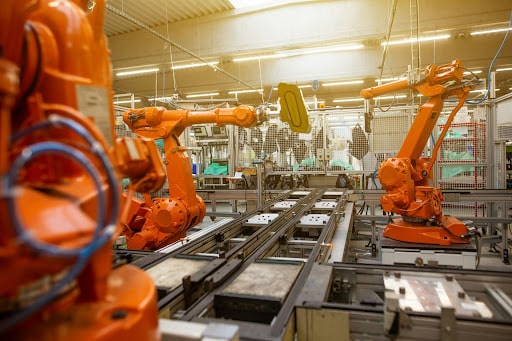
Smart warehouses: the hidden engine powering America’s manufacturing growth
The revival of American manufacturing is making headlines, and for good reason. With growing emphasis on economic security, supply chain resilience, and domestic job creation, the U.S. is experiencing a manufacturing renaissance.
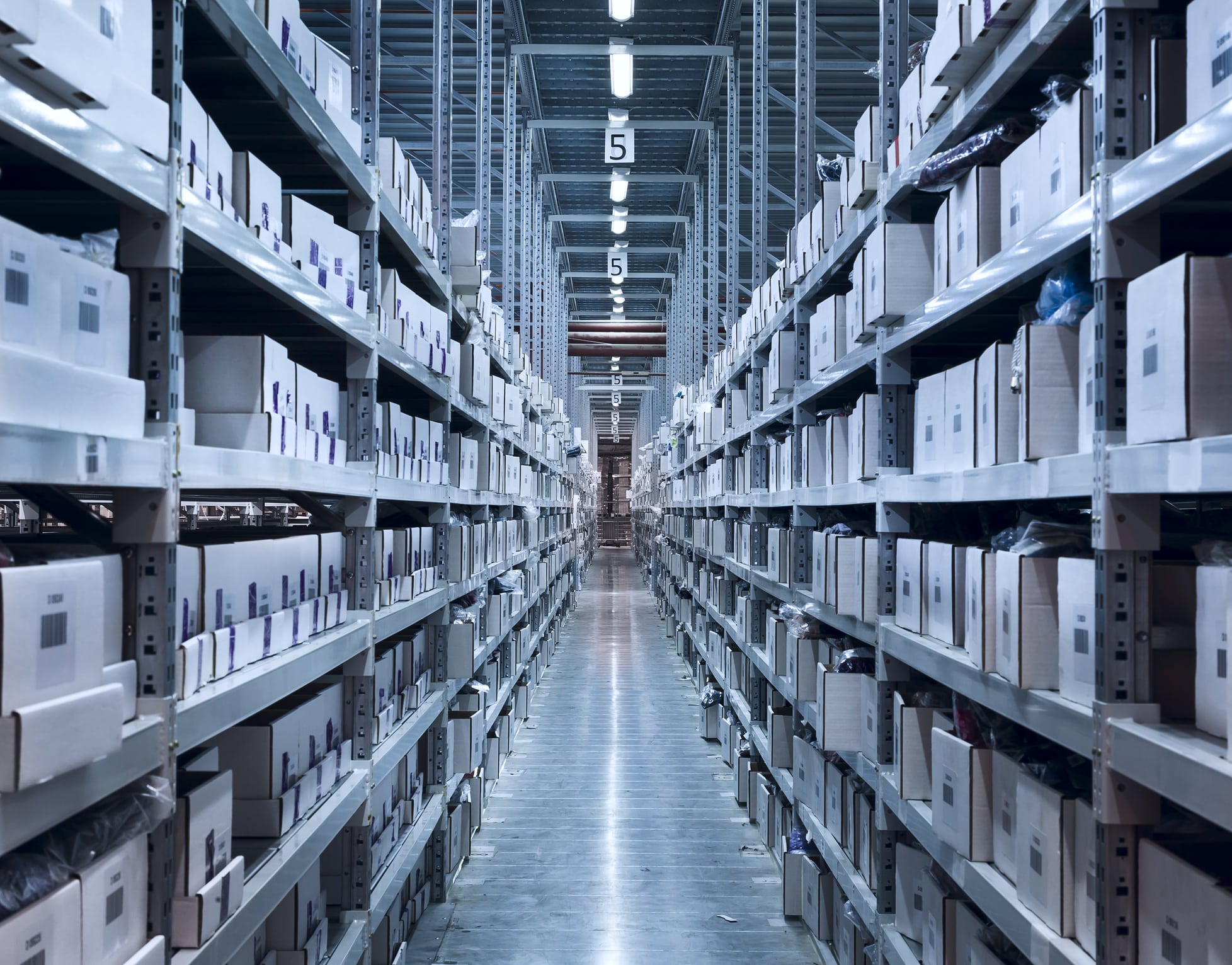
How AI, AMRs, and autonomous agents are reshaping the modern warehouse
The warehouse is changing fast. Rising customer expectations, labour shortages, and the growth of e-commerce are putting pressure on operations to be faster, more accurate, and more adaptive than ever before. Traditional automation has helped, but in many facilities, critical decisions still depend on people interpreting data and manually coordinating responses.
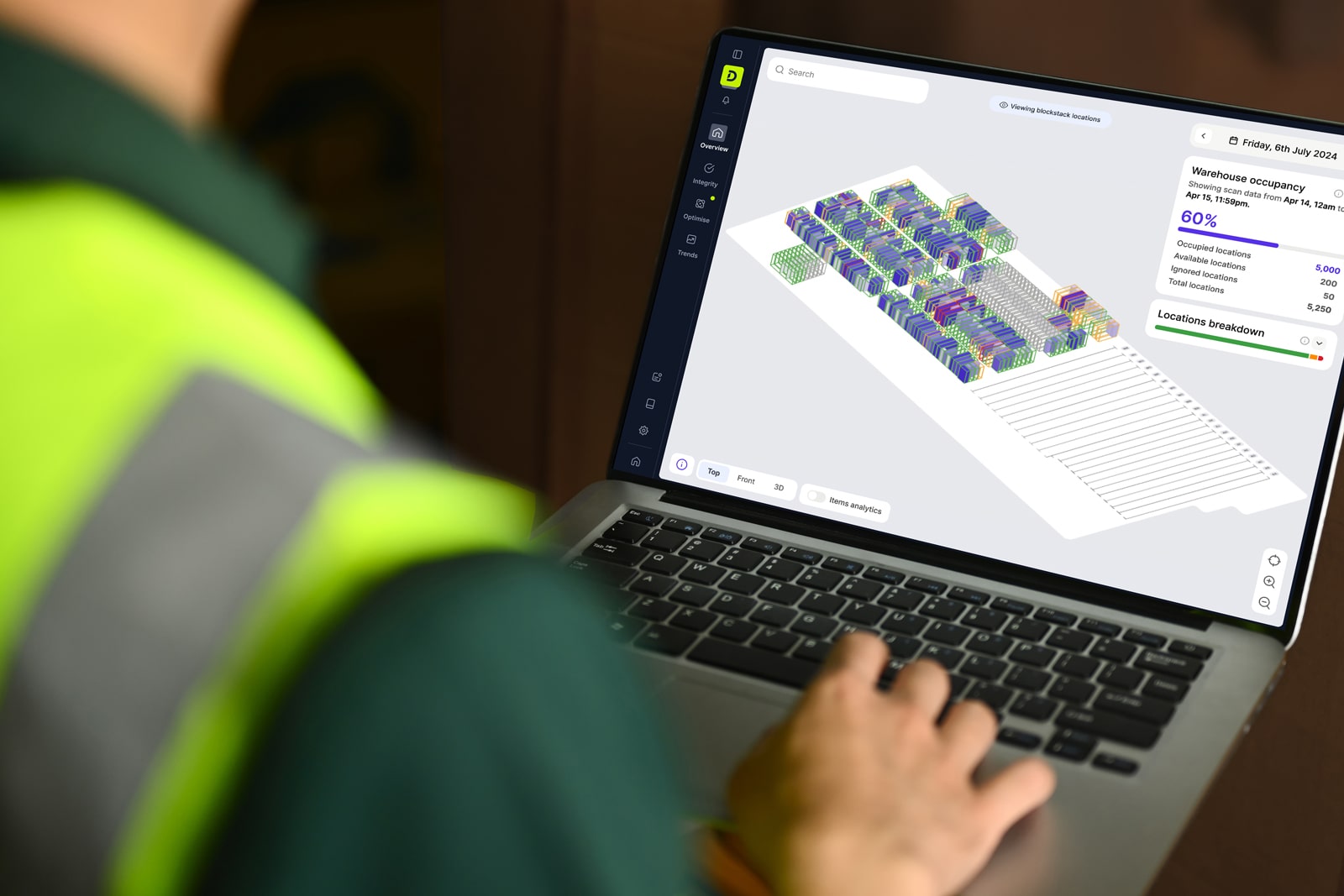
What's next for Digital Twins?
Digital Twins are not a new concept in the industrial setting or in the world of supply chain specifically. They have been evolving for many years, but now AI is supercharging them, turning Digital Twins into more than just representations of assets or processes.
.jpg)
From Logistics 4.0 to 5.0: what's changing?
At its core, Logistics 5.0 integrates three critical elements: AI-driven autonomy, human-centred design, and sustainability - which create warehouses that are not just efficient, but intelligent, empowering, and environmentally responsible.
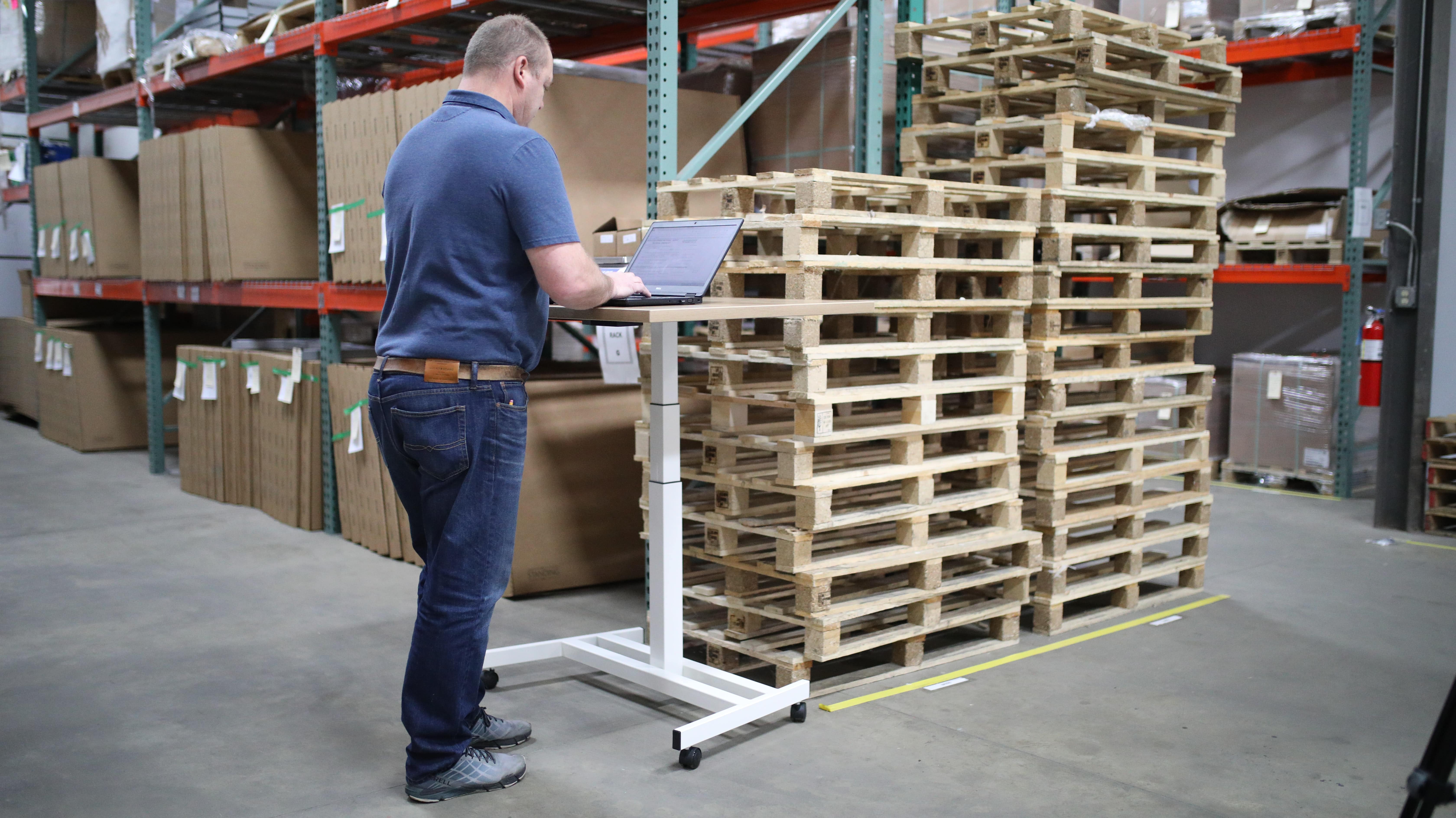
Inside the Observable warehouse: seeing is saving
The second step on the journey to Adaptive warehouses, after the “Blind” one, is what we call “Observable”. A Blind warehouse is one that operates with limited, manually gathered data, it is reactive - which brings many hidden costs.
.png)
Decoding the buzzwords: what these 6 logistics concepts actually mean
Artificial Intelligence, Smart-everything, robotics, digital twins, agents and automation - the logistics market is changing terminology as new technologies emerge and either replace manual tasks or empower teams to be more efficient and productive. The industry is buzzing with new concepts, but what do they really mean?
.jpg)
Without good data, there is no smart warehouse
In today’s competitive logistics environment, every second counts - and every decision depends on data. Yet, many warehouses still operate with incomplete, inaccurate, or outdated information.
.png)
The Hidden Costs of the Blind Warehouse
The warehouse is undergoing a transition, from a “blind” status, from a data-visibility point of view, to a fully “adaptive” one where systems will think and act autonomously to improve performance and operations.
Distinctions et récompenses

.png)


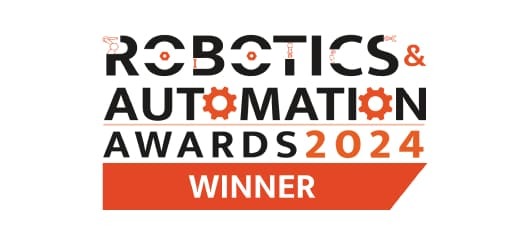




.png)






Upcoming events

Manifest 2026 | Las Vegas
Manifest Vegas brings together the most comprehensive ecosystem of innovation and transformation in supply chain and logistics.

February 9-11, 2026

The Venetian, Las Vegas, US
Ready to evolve your warehouse into a dynamic, efficient, and intelligent operational environment?

The financial benefits of full warehouse visibility
Visibility is a bit of a paradox. The moment it’s missing, it becomes painfully obvious—everyone's had those “If only we’d known…” moments.

The need for speed in logistics and the impact of rapid insights on your operations
Speed and accuracy are everything in logistics today. The eCommerce boom has reshaped how we shop, with customers expecting their purchases almost immediately.

Why AI and robots are key to retaining warehouse talent
Far from replacing human workers, these technologies are here to support them, creating safer, more efficient workplaces and helping companies retain their most valuable asset: their people.